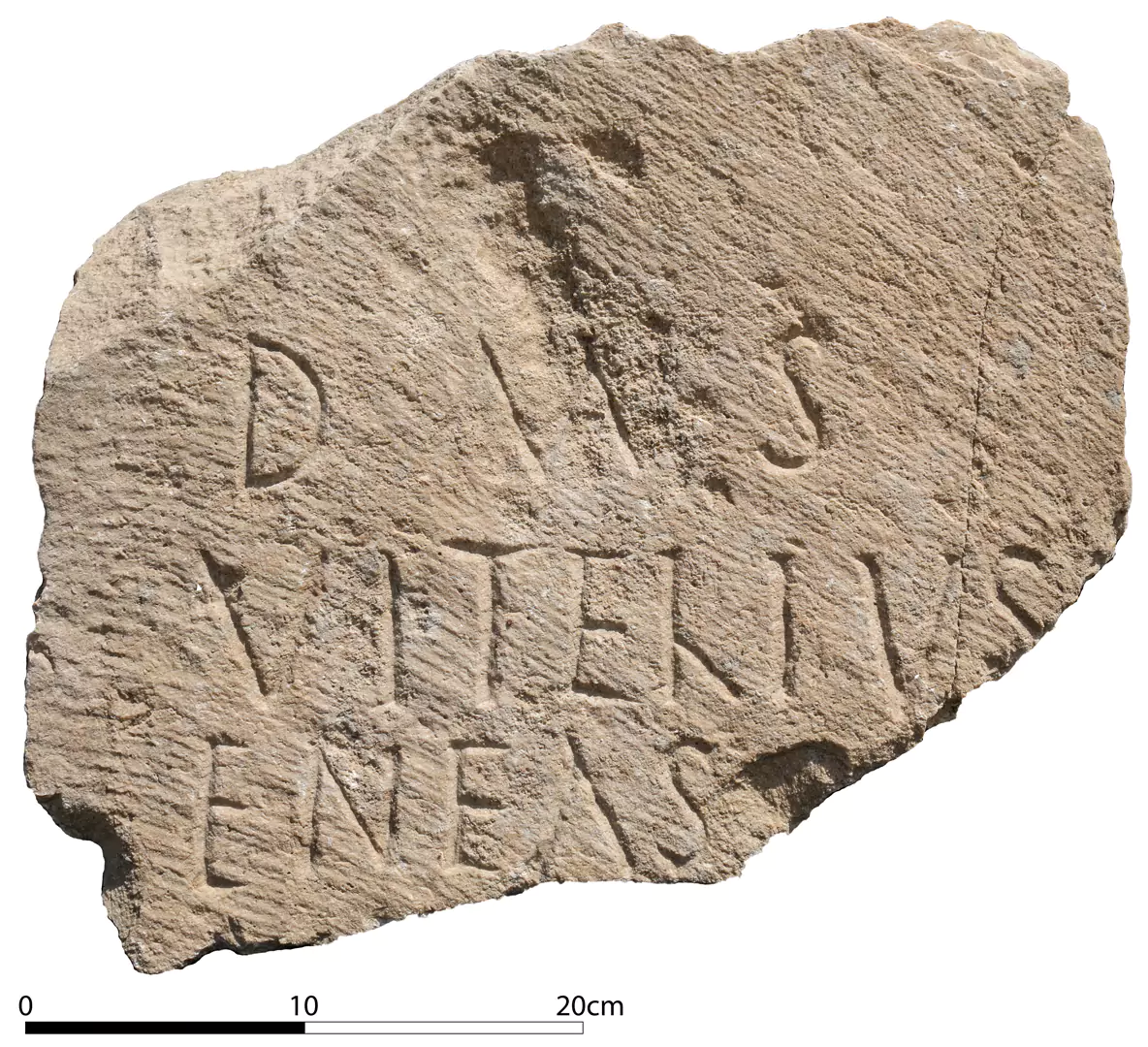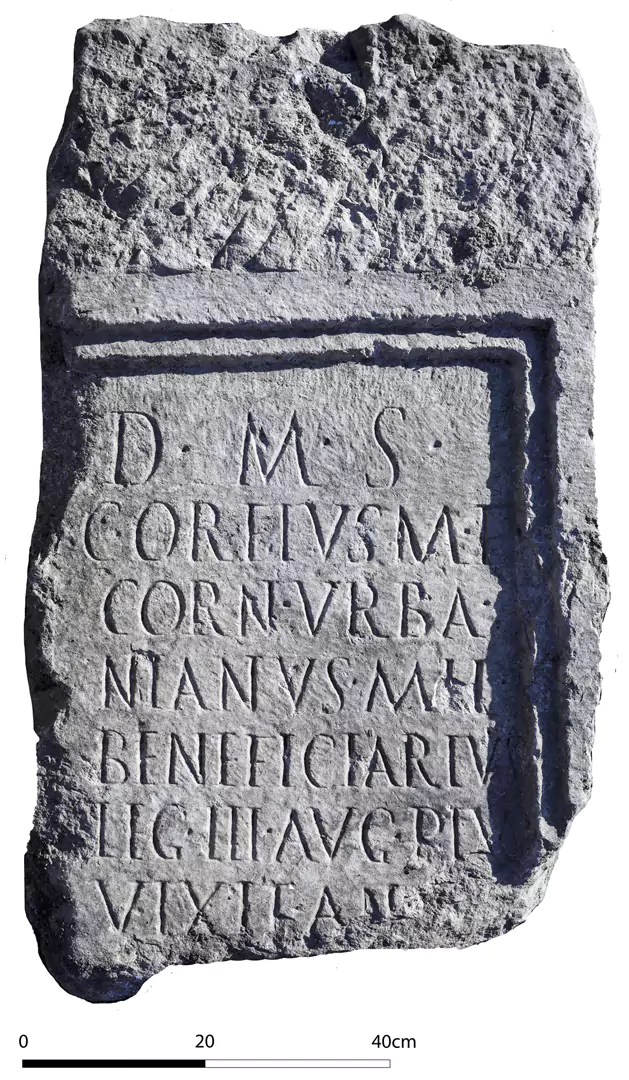
21 Rural community of Musti area in the light of epigraphic research
Almost all of the funerary inscriptions, which are the primary source of information on the demographics (gender, age) and origin of the inhabitants of the Musti microregion, date from the 1st to the 3rd century AD. Since the colonization of Gaius Marius, the microregion was inhabited by 104 families. The most numerous was the family of Iulii. With the acquisition of municipium status, several Roman families, such as the Aemilii, Clodii and Octavii, settled in the area, including Orfii (Lemonia tribe) from Sentinum in Umbria, and Ovii (Cornelia tribe) from Arpinum in Latium. Musti, like Arpinum, was assigned to the Cornelia tribe, which was exceptional in Roman Africa. The inhabitants of the microregion were mostly free people, primarily peregrines. Based on the names of the deceased (cognomina and unique names), it can be concluded that they were mostly of African origin (Numidian or Punic), though this was a deeply Romanized population. Greek names also appear, likely a result of the Hellenization of the Numidian kingdom.


